The automotive industry is facing new and pressing challenges. Globalization, individualization, digitization and increasing competition are changing the face of the industry at a faster pace. Automotive businesses need to adopt a more effective policy and management strategy without breaking over-strained budgets. Size is no longer a guarantee for success. Personalized products and excellent customer service are going to be the main differentiators for success.
In this blog we present an overview of Oracle Policy Automation, focusing on how automotive OEM’s can take advantage of an integrated policy automation platform to ensure consistency, increase organizational agility and enable transparency.
Oracle Policy Automation (OPA)
OPA helps automate the use of policies for customer service for non-technical users. OPA uses natural language to define rules creating one of the biggest advantages for OPA because business users no longer need to rely on IT to implement their policy changes. OPA sits on your desktop and allows you to write business specifications using plain English in familiar tools; Microsoft Word and Excel.
OPA is a built-in module in Oracle Service Cloud (OSvC)
Oracle Service Cloud is a customer service solution for organizations to deliver the best customer service by combining a cross-channel contact center, knowledge management, and policy automation. As a crucial part of Service Cloud, OPA is designed to serve as a specialized decision-making platform that delivers dynamic online experiences, known as Interviews. The user inputs their details and the policy automation system will run these through a contract’s rules instantaneously, delivering a yes/no and the reasons for the outcome. OPA provides the benefits of a traditional technical rules platform that is optimized to implement complex policy logic that drives decision making and calculations.
OPA has out of the box features to provide transparency to provide the reasons behind a decision based on how the customer answered their questions and business rules.
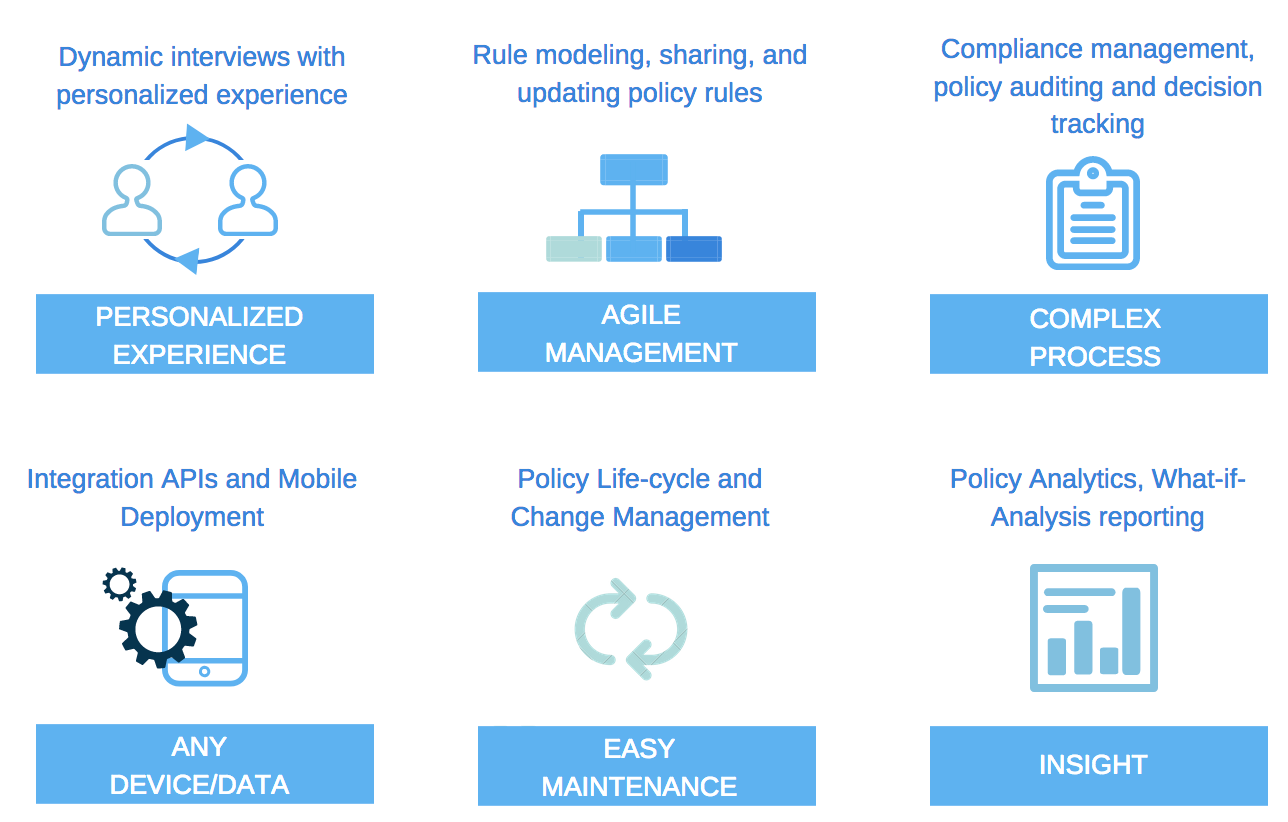
OPA is easily implemented to existing portals as a workspace control for agents or as a customer portal widget for customers. To successfully deploy OPA, the user needs to gather business requirements, create and edit the questionnaires and its rules, test the OPA, then deploy the project into the HUB.
From a general perspective, OPA is well-suited for:
- Complex determinations, decisions, recommendations, and calculations.
- Online advice and guidance tools — where an organization wants to deploy advice-giving questionnaires rapidly and where users should see questions based on their circumstances.
Policy Automation in the Automotive Industry
Challenges with Legislation, Resources, and Customer Experience.
Continuously changing legislation and regulations make accurate decision-making challenging to deliver to targeted audiences, thus driving the need for policy automation in the Automotive Industry. Accountability and transparency in decision-making force compliance with policies and standards. Resource intensive projects and IT teams are expected to innovate and deliver more for less due to budgeting pressure. At the same time, customers expect a first contact resolution and demand superior services and experience.
How can Automotive Industry benefit from Oracle Policy Automation?
The Automotive industry has resource-intensive projects and IT teams are expected to innovate and deliver more for less due to budgeting pressure. At the same time, customers are demanding superior services and experiences, but the customer service agents still heavily rely on IT support to solve customers’ issues.
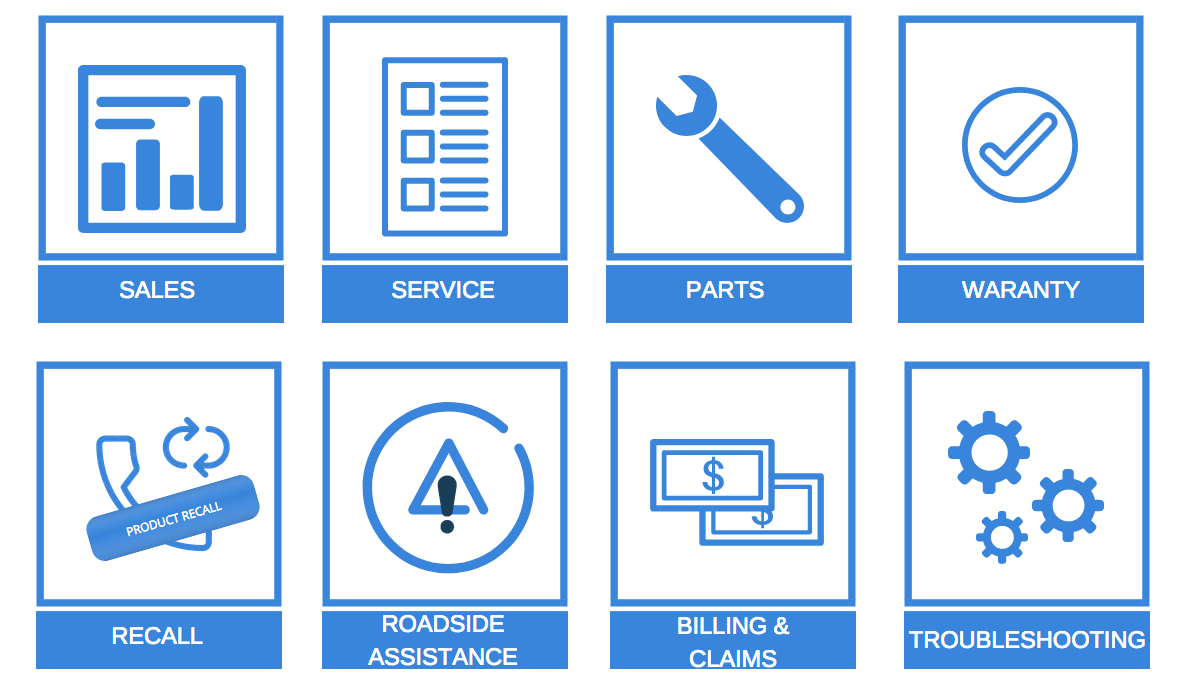
OPA works with self-service interviews that can be used for vehicle manufacturers, owners, and dealers to deal with the following scenarios:

How can OEMs benefit from OPA — Parts?
The needs for assembled and spare parts are very complex and confusing for dealers to make the right requests to the manufacturers.
With OPA, the customer and the service team have a full view of all types of service their vehicle needs before dropping it off at the dealership. This will save a lot of time and can shorten the time of service allowing the customer to get their vehicle sooner.
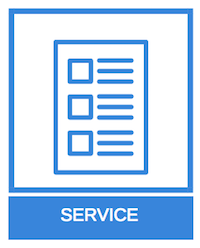
How can the Automotive Sales Team benefit from OPA?
When a customer wants to buy a vehicle from a dealership, they customarily go to the dealership in person to check out the vehicle and then spend a lot of time talking to a salesperson on the floor to get all of the information and the price of the vehicle.
With OPA, the customer can skip the dealership visit and go directly to their website, select the model, year of the vehicle, add additional services & features, get the down payment details and a warranty suggestion by OPA.
At the end all the customer has to do is to go to the dealership, sign the paperwork, and drive off with a new vehicle. In this way, the customer doesn’t feel pressured by the sales person and has complete control over the purchasing process. The salesperson has more time to develop a good customer relationship.
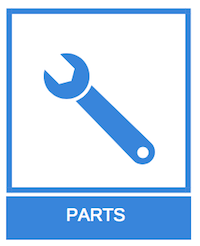
How can Automotive Service Team benefit from OPA?
When it comes to car service, OPA can suggest the type of car service needed based on mileage. OPA may suggest that the customer needs an oil change, transmission fluids, brakes or changing the air filter.
With OPA, the customer and the service team have a full view of all types of service their vehicle needs before dropping it off at the dealership. This will save a lot of time and can shorten the time of service allowing the customer to get their vehicle sooner.
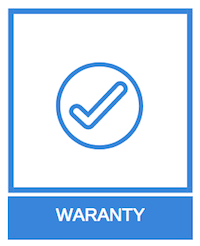
How can OEMs benefit from OPA — Warranty?
OPA helps automotive companies automate their warranty claims and supplier recovery processes. By automating this process, automotive companies can be more agile to changes in the market as well as streamlining
OPA can help determine which Warranty Coverage to purchase based on:
How long the warranty lasts?
Who to contact to get warranty service?
Limitations or conditions on the warrant.
While parts and repair problems are covered.
With OPA, the complexity and costs of managing vehicle and parts warranty and supplier recovery processes are reduced resulting in higher customer satisfaction.
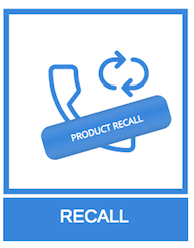
How can OPA help OEMs with Recalls?
OPA can help determine car recalls by associating recall to year, model and VIN number of the car.
Use Cases for Roadside Assistance
OPA can guide the agent and the customer to resolve Roadside problems such as a broken tire, car wreck, dead battery, etc. OPA connects the agent with the nearest point of help so the customer can receive roadside assistance as fast as possible.

OPA can improve Billing
Through an interview process with the prospective buyer, on loans, interest rates, and repayment methods — OPA will be capable to make a strategic decision on the payment methods for the buyers. This will enable faster/simple and effective decision making for all parties.
Also — by interviewing the buyer on his repayment models — OPA can be set up for a better payment mechanism as well.
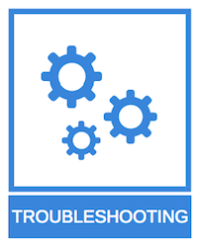
OPA can improve Troubleshooting
OPA can suggest ways for the customer to fix the problem on their own. Whether it is an electronic malfunction, a software issue, or a subscription problem — by using dynamic personalized interviews, the customer will be able to solve the problem remotely without having to wait for support. See examples below:

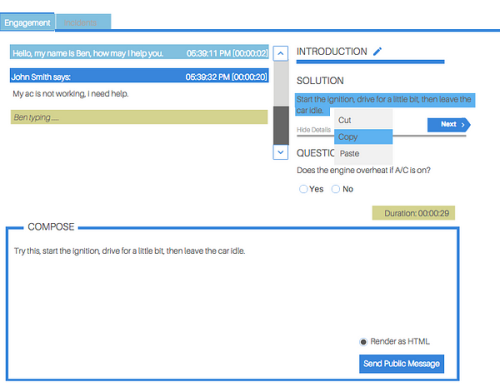
OPA guides agents to ask the right questions to customers from the agent desktop whether it is from chat or to update an existing incident.
On the final page, agents can put the possible solution to their question and share them their created reference number if it was not solved. The created incident will be followed through the same way as any other submitted incidents.
OPA explains possible solutions based on business rules and answers provided by the customer and it provides transparency to the person who is using the questionnaire. When the conclusions get drawn, the customer or agent learns from OPA how the conclusions were made based on the answer the person selected. When OPA solves the problem, the agents receive the solved incident the manner in which the resolution was reached.
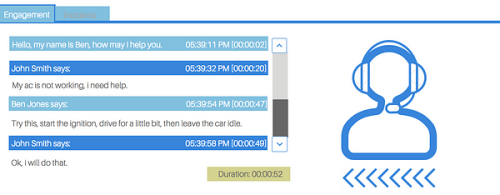
With OPA,
- Fewer unresolved incidents
- Agents can complete unresolved incidents faster
- Chat conversations reduced in time and length of the transcript
With more incidents solved by OPA, agents can learn from it, which can be used for completing upcoming unresolved incidents.
Final Thoughts
Policy automation in the automotive industry can provide consumers with personalized experiences. Improved interviews will lead to better decisions, and customer service can provide up-to-date information on laws and regulations. Furthermore, accurate decisions will increase car sales and provide better maintenance. Collating it all, OPA provides tremendous benefits in the automotive industry.
- Better Experience — Consumers get personalized experiences.
- Cost Efficient — Fewer technical employees are needed.
- Saves Time and Money — Fewer service requests get created per customers.
- Happy Customers — Great advice brings better car maintenance & more sales.
- Quick Transformation — Business Rules can automatically update with the current laws and regulations
